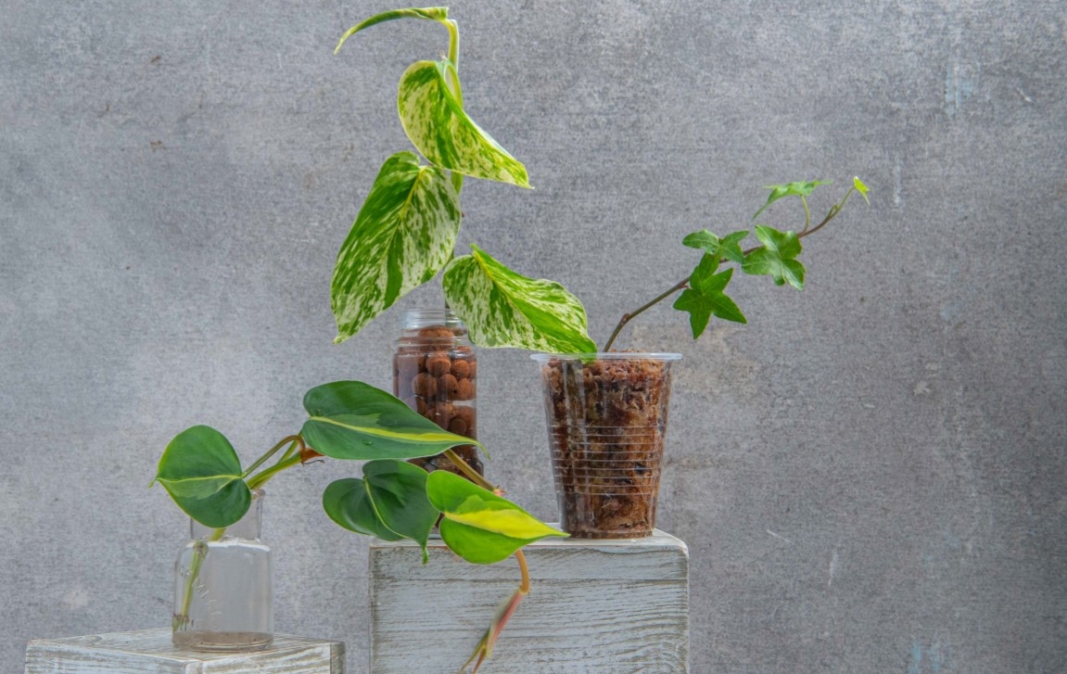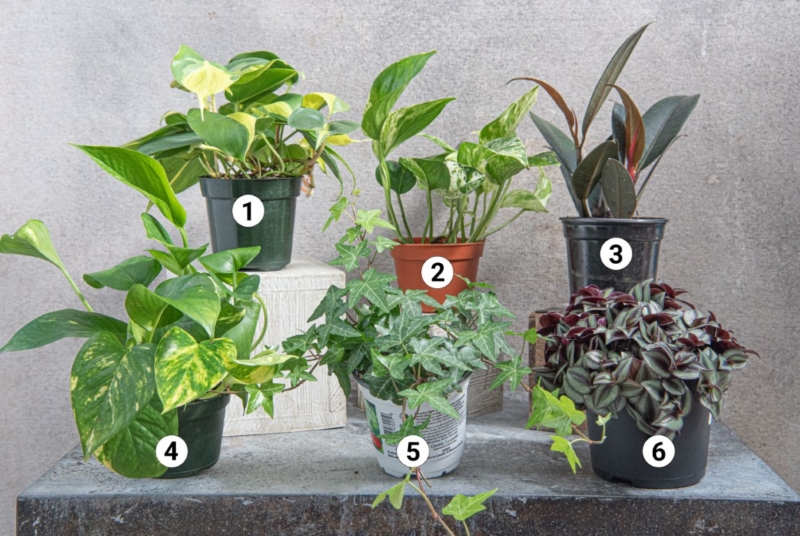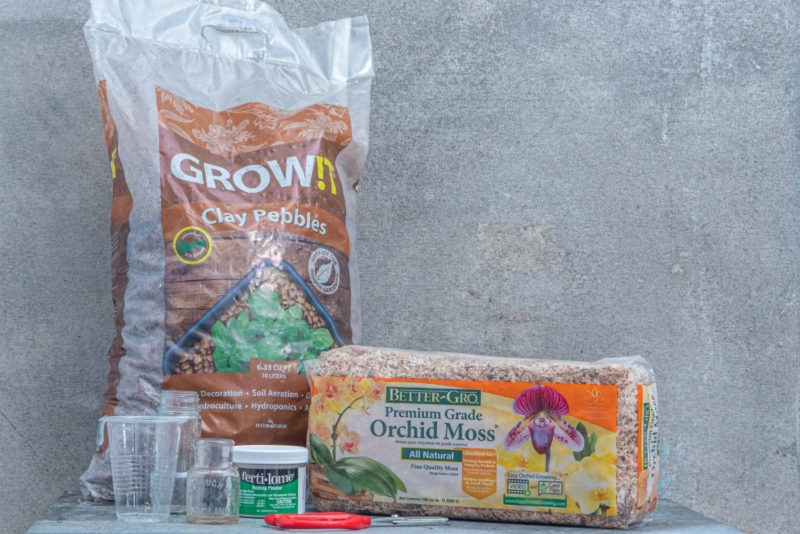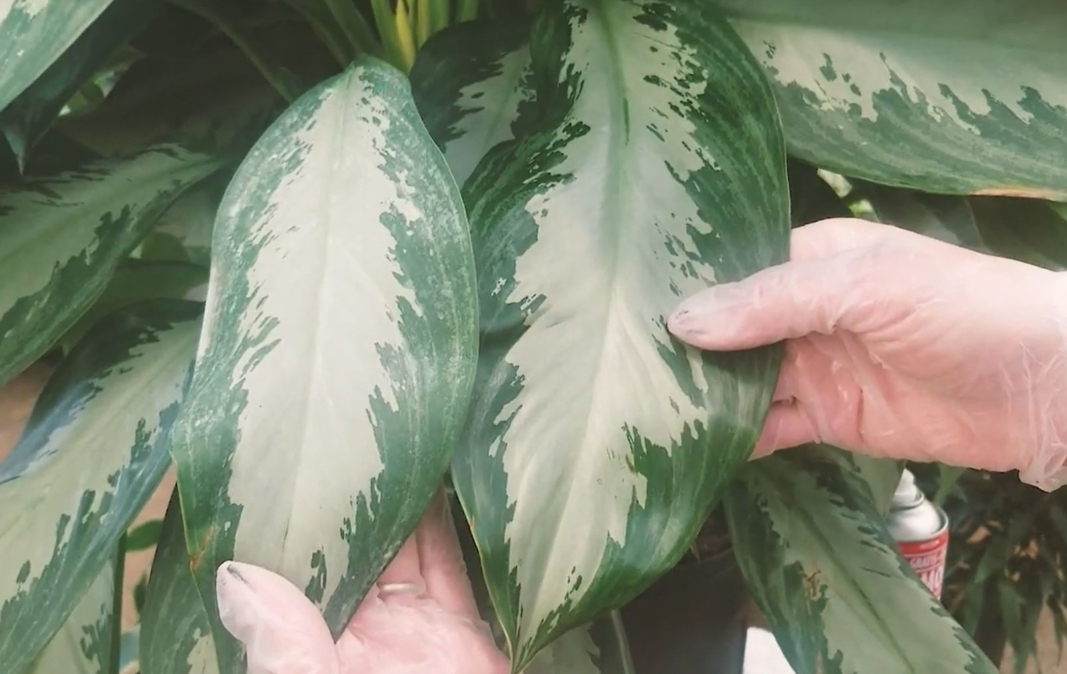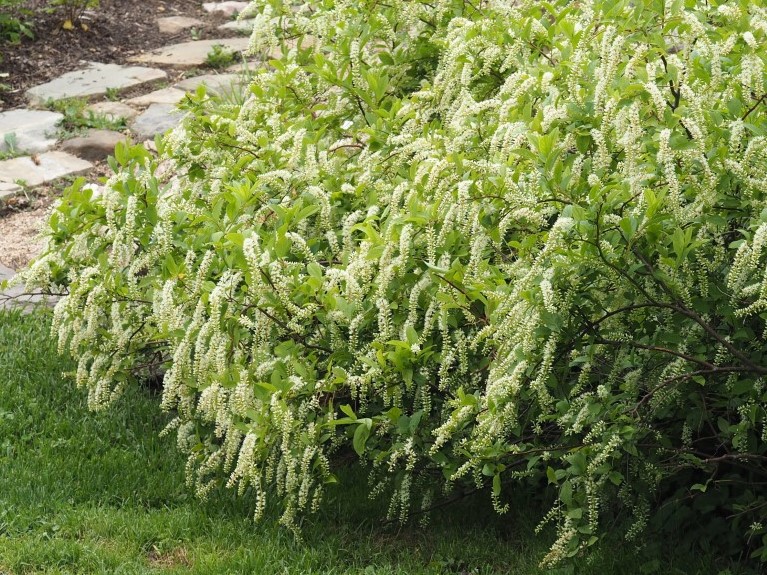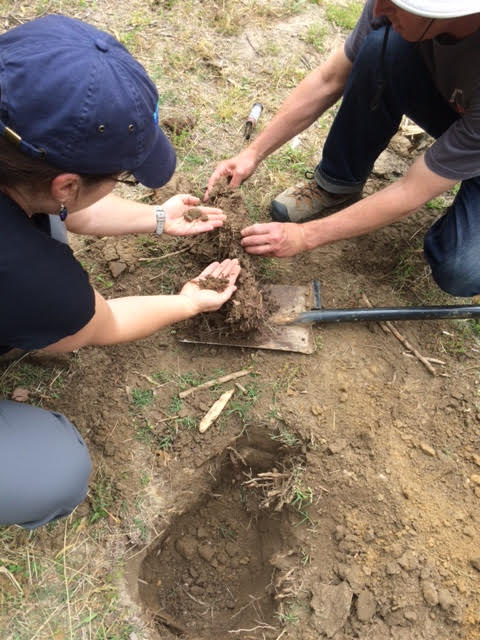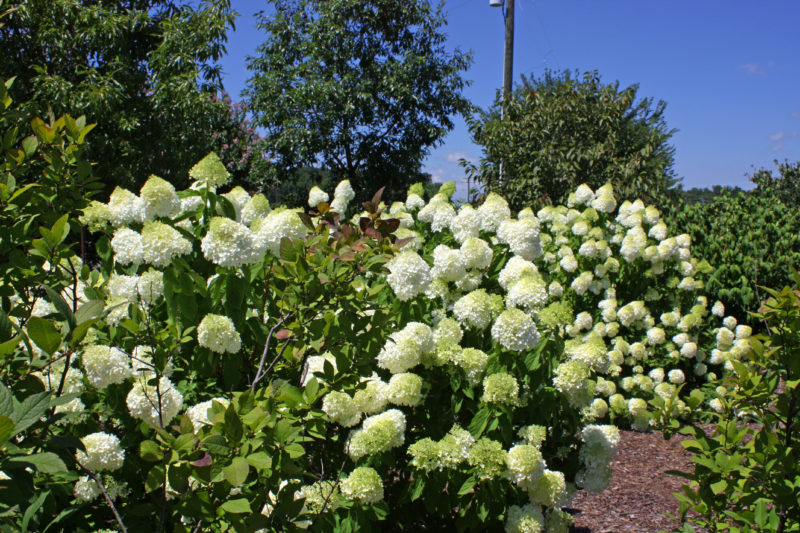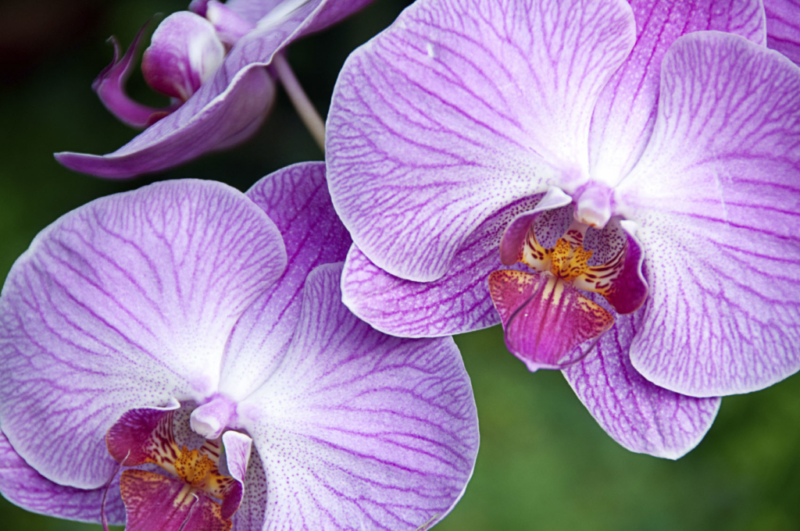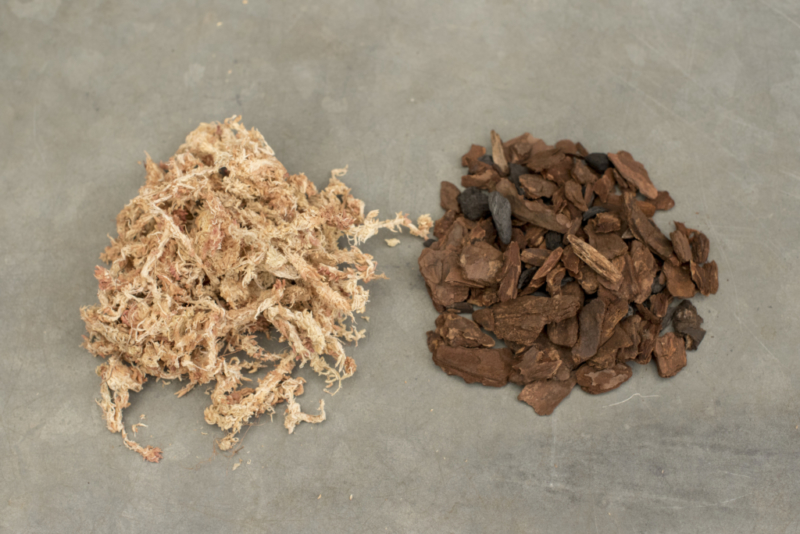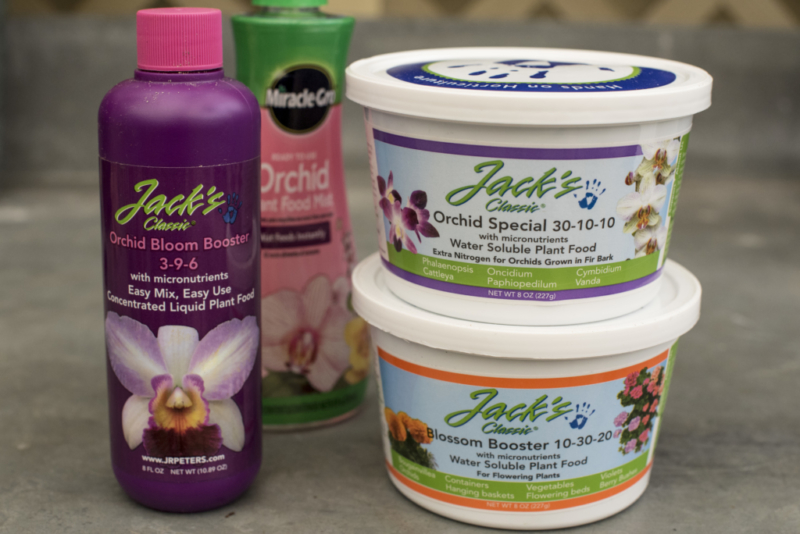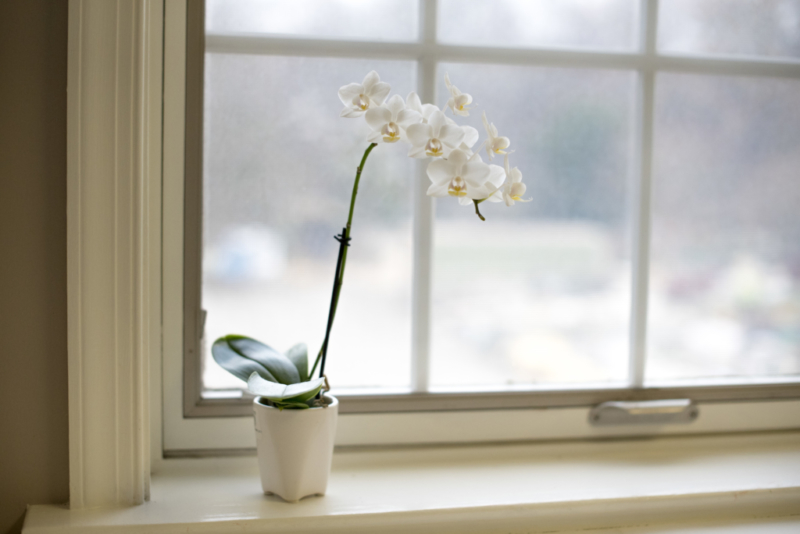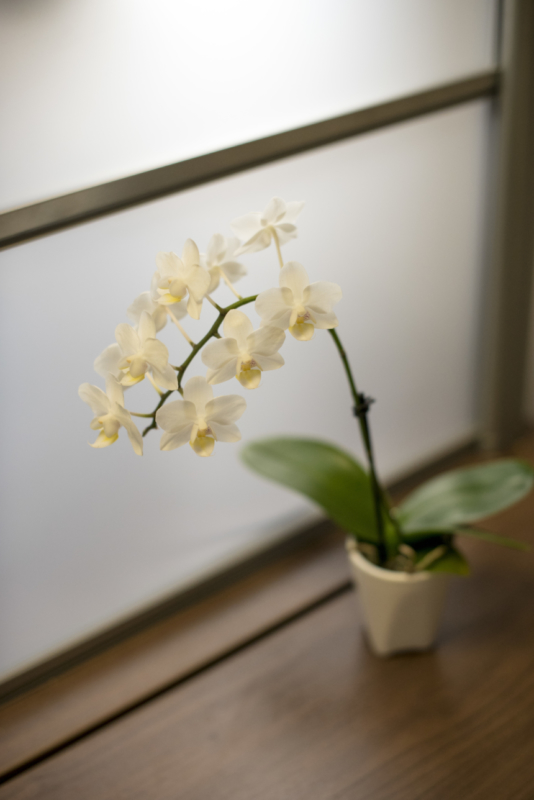Propagating Houseplants from Stem Cuttings
This post was originally published on May 12, 2019.
If you’ve been wanting to try your hand at propagating your houseplants, now is a great time to get started. There are many methods of houseplant propagation, but stem cuttings are an especially fun and easy option to try out, since it can be very rewarding to produce new plants from 4-5 inch cuttings of your favorite houseplants. You can use this method to grow new plants for your own home, make your plants fuller or to give as gifts to friends.
Sampling of Popular Plants to Propagate by Stem Cutting
These are not the only plants that can be propagated in this way, but these are some of the more popular types of plants that this technique works for.
- Philodendron ‘Basil’
- Marble Queen Pothos
- Ficus elastica ‘Burgundy’
- Golden Pothos
- English Ivy
- Tradescantia
What You Need
- Propagation medium (choose from water, pebbles, LECA, soil or moss)
- Sharp scissors or pruners
- Fertilome Rooting Powder (optional)
- Containers to hold medium and cuttings while propagating (glasses, vases, jars, clean take-out food containers, etc.)
Propagating Your Plants
- For best results, select a healthy portion of your plant that is at least 4-6 inches in length. It should have 2-3 leaves and at least one node. A node is a small bump on the plant from which stems, leaves or areal roots grow.
- After choosing the location of your cutting, cut the stem to the correct length with your pruners or scissors. A sharp, clean cut made at a 45 degree angle is most likely to be successful.
- Remove any leaves that will be below the surface of your propagating medium.
- Prepare the vessel for your new cutting. Moss should be thoroughly moistened, water should be warm and LECA should be thoroughly rinsed several times and soaked overnight. Rinse LECA outside in a strainer or in a bucket of water as the silt can easily clog indoor plumbing
From here on, the steps you take will be dependent on the propagating medium you have chosen to use:
Using Water
You can root your plants in any type of water. Tap, distilled, spring water or even rain water works just fine, as long as it is the correct temperature. If you are going to have a difficult time maintaining your water at room temperature, you may want to place your vessel on a seedling heat mat, which is especially helpful during cold winter months. Place your stem cutting in your vessel with enough water to cover the node. The water level will drop due to evaporation, so you should add water every 3-5 days as needed. You can watch the roots develop if you have chosen a clear vessel for your cutting. When there are 3 or more roots that measure 3-5 inches in length, it is time to plant your cutting in soil. Take care to plant in a small pot that is appropriate for the size of the small roots.
Using LECA
LECA, or Lightweight Expanded Clay Aggregate, is a good alternative to just using water as the pebbles will stabilize the plant, deliver more oxygen to your cuttings, and enable them to grow without being exposed to light, so that the transition to the soil is easier.
Prior to using, rinse LECA very well several times in a strainer outside or in a bucket as the silt can clog indoor plumbing. After LECA is rinsed it should be soaked in water overnight. When your LECA is finished soaking, add at least an inch or two of LECA to glass container. Place your stem cutting in the container, and fill in around it with more LECA, to within an inch of the top of the container. Next, add water to the container to come to about an inch from the top of the LECA.
Monitor the water level as it will drop over time due to evaporation. The LECA will wick water up to the nodes as long as there is water at the base of the container so over time you can allow the water level to decrease, but never allow all the water to evaporate. You can gently remove the cutting at weekly intervals to check for growth. Do not attempt to remove LECA from the roots of your plant.
LECA is reusable so you can use it for multiple cuttings. Make sure to thoroughly clean and rinse prior to using a second time.
Using Soil or Moss
You can plant your cutting directly in soil, or root it in moss, if you wish. The method used for both mediums is very similar. Dip the end of your cutting in your rooting powder to encourage faster root growth (this is optional). Moss and soil should be thoroughly moistened prior to using. You will need to monitor cuttings planted in moss and transition them to soil when they reach 3-5 inches. A plastic bag can be tented over the container to encourage humidity or small vessels can be placed inside a gallon Ziploc bag. Make sure to leave a small portion of the bag open or punch a few holes in the bag to allow venting. Placing the tented container or bag on a seedling heat mat will speed up root growth. Cuttings planted in soil will grow roots more slowly. Make sure to keep soil / moss moist. This is easiest if you tent with a plastic bag or use a covered container such as a clean, lidded take-out food container. Check the plants weekly for moisture and growth.
Transferring Your Cuttings to Regular Containers
Once your cuttings have developed three or more roots measuring 3 or more inches in length you can transfer them to soil. Don’t be in a hurry! Cuttings with just a few short roots will be more difficult to acclimate to soil. Start by transferring the cuttings to moist soil in small pots. I like to use 2.5 or 3 inch plastic pots to start. Make sure to use a high quality potting mix specifically formulated for houseplants such as ProMix Premium Potting Mix or Espoma Organic Potting Mix. Once you have transitioned your cuttings into soil, you can care for them as you would any other plant! Ensure they are receiving the correct amount of light, and water them when needed.
If you have questions or need advice about propagating your houseplants, please contact us or visit us in the store!


